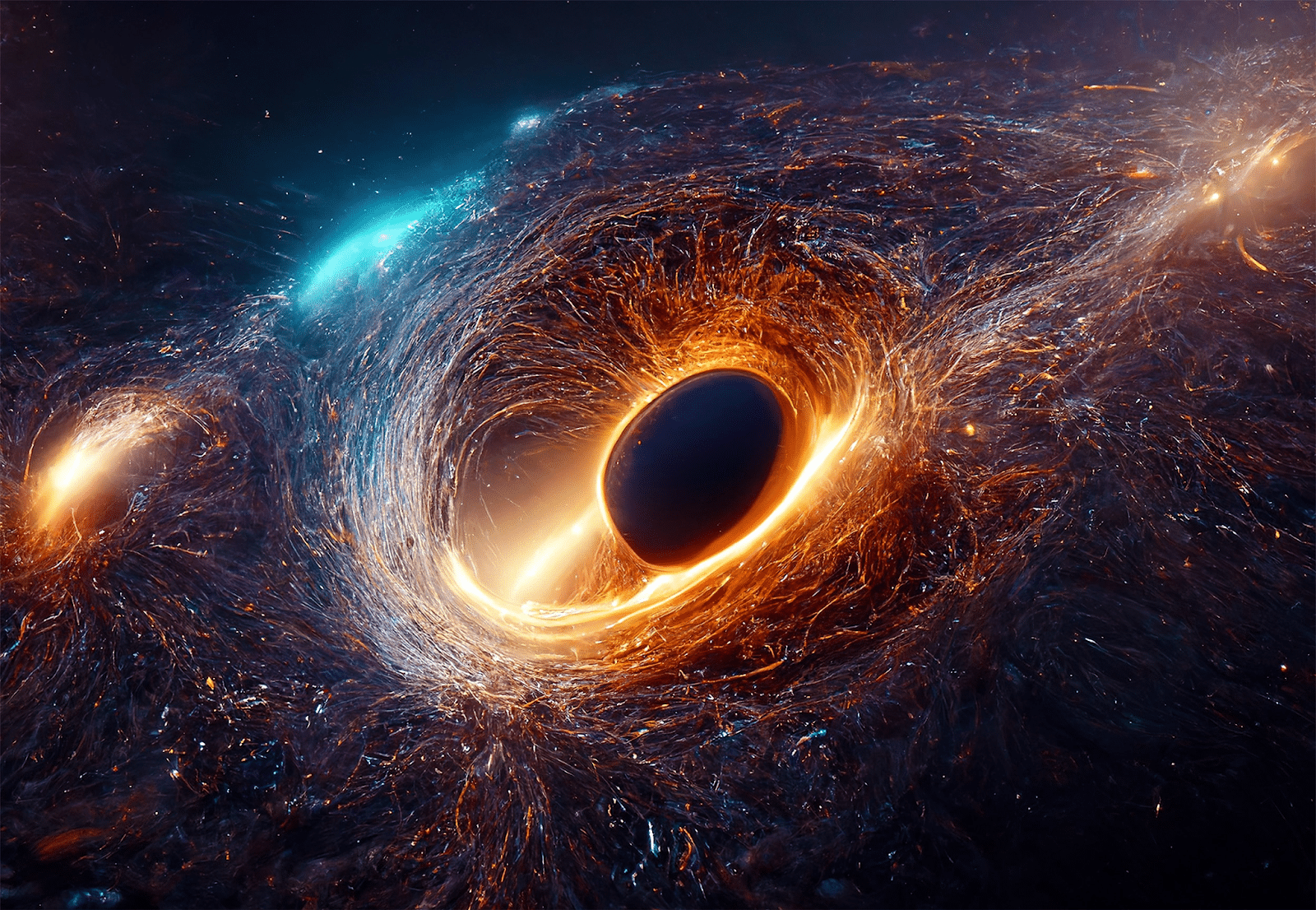The universe is a canvas of numerous uncertainties that defy all laws of science. Cosmologists are still actively searching for clues that can tell us more about the universe’s origin and evolution. From dark matter to dark energy, this article dives into unexplained cosmic mysteries that baffle scientists.
Dark Matter
The word “Dark Matter” has been associated with mysteries, but do you know what it means? A dark matter is an entity that is wholly or partially made of mysterious matter that does not emit or absorb light.
Unlike normal matter with known properties, dark matter does not react with electromagnetic force, making it hard to spot or locate. It also outweighs physical matter by six times and occupies 27% of the entire universe.
The Fermi Paradox
Many people believe in the possibility of another civilization elsewhere, and if you do, the Fermi paradox will interest you. It refers to the contradiction of the presence of extraterrestrial civilizations and the lack of contact with them.
Named after physicist Enrico Fermi, this paradox queries the sheer abundance of galaxies and the estimation of active communicative extraterrestrials in them. Despite this uncertainty, the paradox factors the possibility of self-destructive tendencies before we get to them.
The Tunguska Event
In 1908, a massive explosion was recorded in the remote Tunguska region of Russia, and all evidence points to a fallen celestial body. The presence of microscopic silicate and metallic spheres in the area further confirmed the hypothesis.
After proper research, it was found that the body, which was a meteorite, approached from the east-south-east with an average speed of 27,000m/s. To date, research is still being conducted on the site—speculations about the meteorite source range from alien invasion to time travel.
The Great Attractor
The Great Attractor refers to the region of space that pulls the Milky Way and other galaxies towards it. Like gravitational force on the earth that pulls objects to the earth’s core, the great attractor is also similar as its location and nature are unknown to man.
Contrary to public opinion, the great attractor is not a massive super object that resides somewhere; rather, it is a volume of space that is somewhat located around the Norma SuperCluster, which is about 150 million light-years away. Astrophysicists are actively working to discover this galaxy-propelling object.
Galactic Cannibalism
If you assume that cannibalism is only practiced among animals, this cosmic phenomenon will prove you wrong. Some galaxies engage in a cosmic dance called galactic cannibalism. Large galaxies devour or swallow smaller ones on their path during this dance.
This phenomenon results from similar gravitational attraction between two galaxies of varying size, leading to an unexplainable cosmic merger that changes the size and structure of the cannibalism (larger) galaxy. Galactic cannibalism is essential for cosmic evolution as it impacts the distribution of stars.







